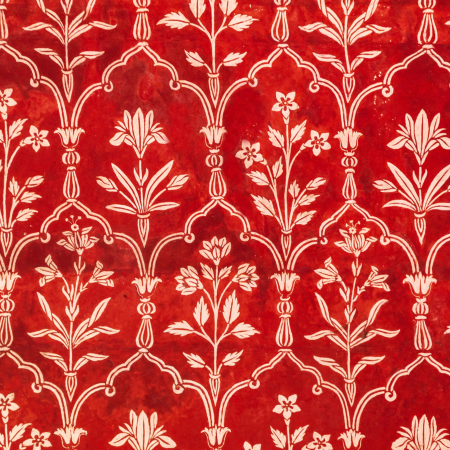Indian and Islamic art forms represent a rich tapestry of cultural expressions that have evolved over centuries. As the world becomes more interconnected, interest in these diverse artistic traditions has grown, with collectors and enthusiasts increasingly captivated by the beauty and history of Indian and Islamic art. This article delves into the various art forms that make up these collections and examines their timeless appeal.
The Allure of Indian Art:
India's artistic heritage is vast and diverse, influenced by the country's myriad regional and cultural influences. From ancient sculptures to vibrant folk art, Indian art collections offer a fascinating glimpse into the subcontinent's creative spirit.
-
Sculpture: Indian sculptures, particularly those from the Maurya, Gupta, and Chola dynasties, are renowned for their intricate detailing and emotive expressions. Depicting deities, mythological scenes, and everyday life, these sculptures are crafted from stone, bronze, and terracotta, with each medium showcasing the artist's skill and imagination.
-
Miniature Paintings: Indian miniature paintings are small-scale, detailed works that often depict religious and mythological themes. Originating from various regions across India, these paintings are known for their vibrant colors, delicate brushwork, and rich narratives. Collectors are particularly drawn to Mughal, Rajput, and Pahari miniatures.
-
Folk and Tribal Art: India's diverse cultural landscape has given rise to numerous folk and tribal art forms, including Madhubani, Warli, Gond, and Pattachitra. Each style reflects the unique aesthetics and techniques of the community from which it originates, offering collectors a fascinating insight into India's regional artistic traditions.
The Enchantment of Islamic Art:
Islamic art encompasses a wide range of artistic expressions that have emerged across the Islamic world, spanning from Spain to India. Characterized by intricate geometric patterns, calligraphy, and a focus on non-figurative imagery, Islamic art collections showcase the beauty and depth of this artistic tradition.
-
Calligraphy: Calligraphy is central to Islamic art, with the Arabic script often incorporated into various artistic mediums, from manuscripts to architectural elements. As the written form of the Quran is considered sacred, calligraphy holds a revered place in Islamic culture. Collectors are especially captivated by the skill and artistry required to create these masterpieces.
-
Illuminated Manuscripts: Illuminated manuscripts, such as the Quran and other religious texts, represent an important facet of Islamic art. These manuscripts are adorned with intricate designs, gold leaf, and calligraphy, making them highly sought-after by collectors and art enthusiasts.
-
Ceramics and Glassware: Islamic ceramics and glassware are known for their detailed patterns, vibrant colors, and innovative techniques. The famous Iznik pottery from Ottoman Turkey and the lusterware from Persia are particularly popular among collectors, who appreciate the craftsmanship and artistry behind these pieces.
-
Metalwork: Islamic metalwork encompasses a wide range of objects, including intricately engraved ewers, incense burners, and inlaid boxes. These pieces often feature elaborate designs, calligraphy, and precious materials such as gold, silver, and gems, which make them a desirable addition to any art collection.
The Global Appeal of Indian and Islamic Art Collections:
The growing interest in Indian and Islamic art collections can be attributed to several factors. As cultural appreciation expands worldwide, more people are seeking to understand and engage with diverse artistic traditions. Additionally, the unique aesthetics and historical contexts of Indian and Islamic art make them attractive to collectors looking to diversify their portfolios. Lastly, the current global political climate has contributed to a heightened interest in the art and culture of these regions.
In conclusion, Indian and Islamic art collections offer a wealth of beauty, history, and cultural significance that continues to captivate collectors and art enthusiasts alike. As global interest in these diverse artistic traditions continues to grow, the appreciation for the richness and complexity of Indian and Islamic art will only deepen. These collections provide a unique opportunity to explore the creative expressions of two of the world's most influential cultures, further enriching our understanding of human creativity and artistic achievement.

